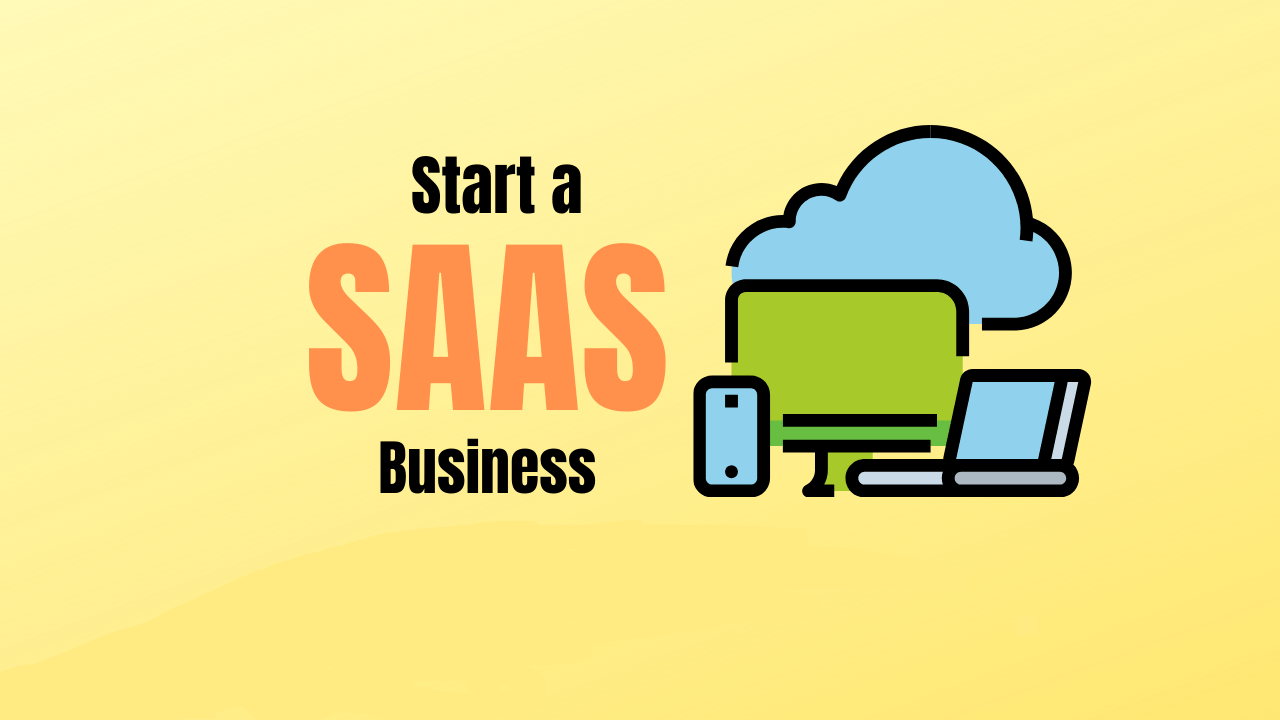The arrival of 5G technology is more than just faster internet—it’s a game-changer that’s set to revolutionize industries, reshape everyday life, and fuel unprecedented innovation. In 2025, 5G isn’t just about streaming videos without buffering; it’s the backbone enabling smart cities, autonomous vehicles, advanced healthcare, and much more. Curious how this technology is powering the next wave of innovation? Let’s dive in.
What Makes 5G Different from Previous Generations?
5G stands out with lightning-fast speeds (up to 100 times faster than 4G), ultra-low latency, and the ability to connect a massive number of devices simultaneously. This means near-instant communication between machines and humans, which opens doors to applications that were once the stuff of science fiction.
Smart Cities: The Future of Urban Living
Thanks to 5G, cities can implement smart infrastructure like intelligent traffic lights that adapt in real-time, sensors that monitor air quality, and energy grids that optimize consumption. These improvements make cities safer, cleaner, and more efficient.
Revolutionizing Healthcare
With 5G, telemedicine moves beyond simple video calls. Real-time remote surgeries, advanced diagnostics through IoT devices, and continuous health monitoring become possible, delivering faster and more personalized care.
Autonomous Vehicles and Transportation
5G’s ultra-low latency enables cars to communicate with each other and surrounding infrastructure instantly. This connectivity is essential for self-driving cars to navigate safely, reduce accidents, and ease traffic congestion.
Enhanced Augmented and Virtual Reality Experiences
From gaming to professional training, 5G supports seamless AR and VR experiences without lag, enabling immersive environments that can be accessed from anywhere.
Transforming Manufacturing with Industry 4.0
Factories leverage 5G to connect robots, sensors, and control systems for smarter automation and predictive maintenance, boosting productivity and reducing downtime.
Boosting Remote Work and Education
With reliable high-speed connections, remote workers and students can collaborate via high-definition video, virtual classrooms, and cloud-based tools without frustrating delays.
The Internet of Things (IoT) Explosion
5G can handle billions of IoT devices—smart home gadgets, wearable tech, environmental sensors—all working together to provide data and insights that improve daily life and business operations.
Challenges to Overcome
Despite its promise, 5G rollout faces hurdles like infrastructure costs, spectrum allocation, and privacy concerns. But with ongoing investments and innovation, these challenges are steadily being addressed.
Conclusion: 5G as a Catalyst for Innovation
5G is not just an upgrade; it’s a fundamental platform that’s powering a new era of innovation across sectors. From smart cities to healthcare breakthroughs, it’s connecting people and machines in ways that will redefine what’s possible. Embracing 5G today means stepping into the future with boundless opportunities.
FAQs
1. How fast is 5G compared to 4G? 5G can be up to 100 times faster than 4G, enabling instant downloads and real-time communication.
2. Will 5G replace Wi-Fi? No, 5G complements Wi-Fi by providing high-speed mobile connectivity but Wi-Fi remains essential for local networks.
3. Is 5G safe? Current research shows 5G is safe, adhering to international health standards.
4. How does 5G reduce latency? By using advanced network architecture and higher-frequency bands, 5G cuts delay to as low as 1 millisecond.
5. What industries benefit most from 5G? Healthcare, manufacturing, transportation, smart cities, and entertainment are among the biggest beneficiaries.




